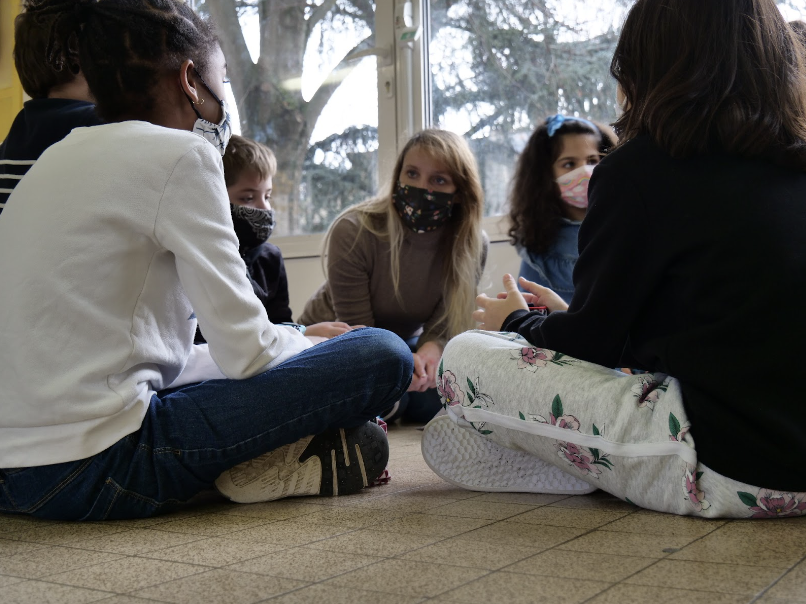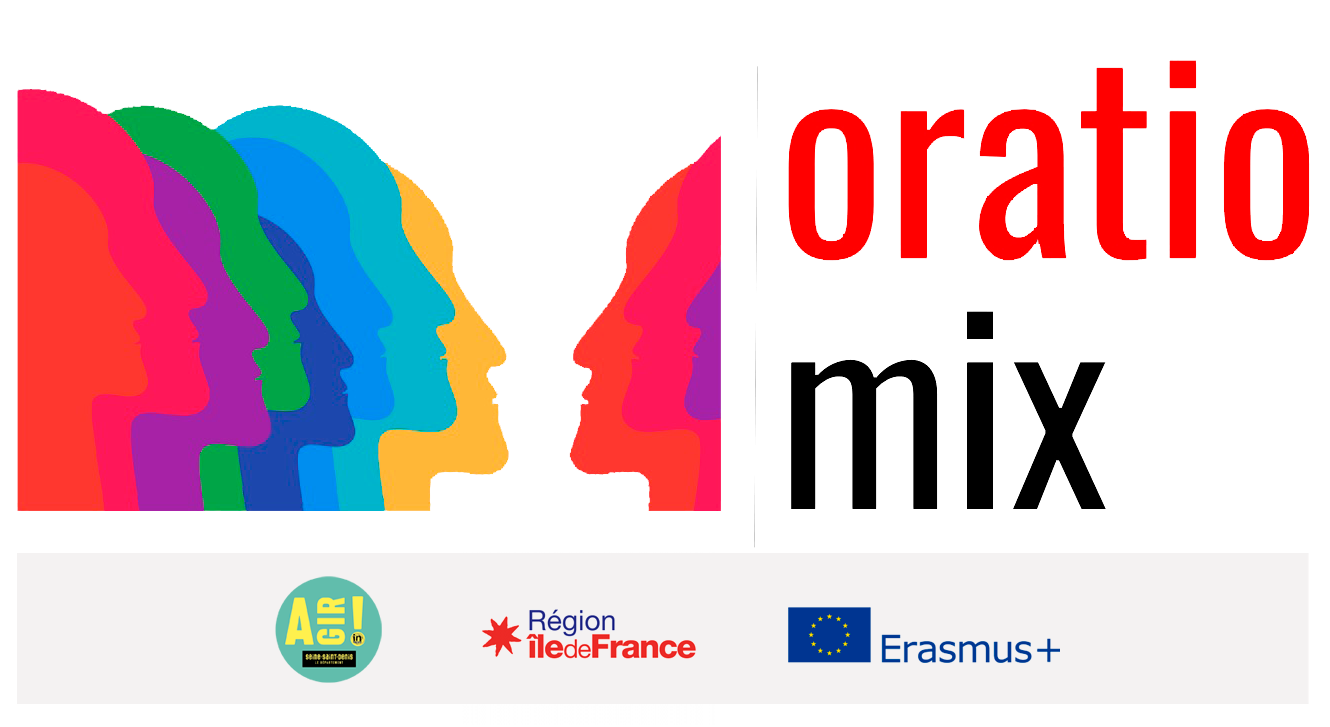Workshop 9 : Staging
Implementation: what do we need?
– A workspace: the room provided must be large enough and arranged in such a way that it can accommodate all participants and allow freedom of movement, the workshop requiring physical commitment.
The participants
The methodology is aimed at primary and sixth grade students, aged between 9 and 13. Ideally, the group should not exceed 30 students.
Speaker
School teacher, educator, theatre teacher
Objectives of this workshop
work the characters
start the layout
Time required
90-120 minutes
Implementation
The workshops use techniques of oral expression and debate around a theme related to a source text. They also put into practice, through body expression techniques, the questions theorized by students to allow a global understanding of the issues raised by the text.
Finality
At the end of the session, children will have:
exercised their ability to improvise
improved their understanding of space
The practice of new techniques by students will improve their personal development and communication skills.
1. Start session
The clap
In a circle, the children pass a clap to their neighbor. e (one claps in his hands) while making the circle. For the clap to pass, students must look each other in the eye before clapping their hands!
2. Warm up
- You can take the instructions seen last time (walk, stop, youpla, rhythms, numbers, environments) to see the evolution of students from one session to another.
- We walk in space like the different characters created by the students.
3. Improvisation
Each group works together in a fraction of space. The facilitator moves from group to group to provide assistance, advice and ensure the smooth running of the working session: prevent or defuse conflicts, restart group dynamics, ensure an appropriate work rhythm by announcing the remaining time…
Table of the beginning of the story: as in session #2 on representations, the students make the picture of the place imagined for their story: if it is a forest, you need trees, mushrooms, stones, perhaps the cave where the character lives, flowers…
The tables of the initial situation, the action and the final situation are then produced.
We take the picture of the place and integrate the characters one by one. We make live the different interactions with the characters.
For the students who make up the picture of the place, we accompany their evolution: if we are in a forest, the wind can blow in the leaves of the trees; if a dragon blows fire, the forest can be burned…

5. End of the ritual
Clapping
The. a leader stands opposite the other members of the group in order to be seen by all. He/she positions his arms horizontally and will clap his hands above his head. The others must imitate him at his/her pace. Then, little by little, he.elle will accelerate until reaching applause.
